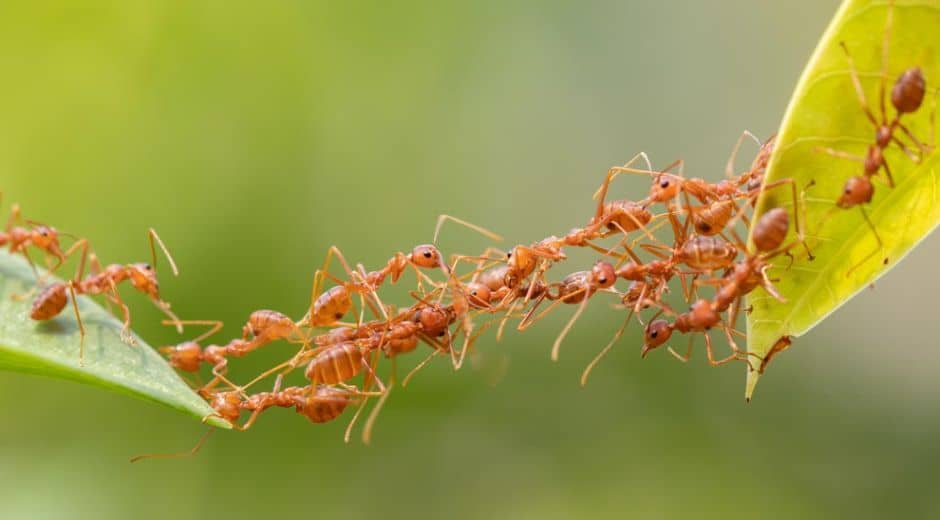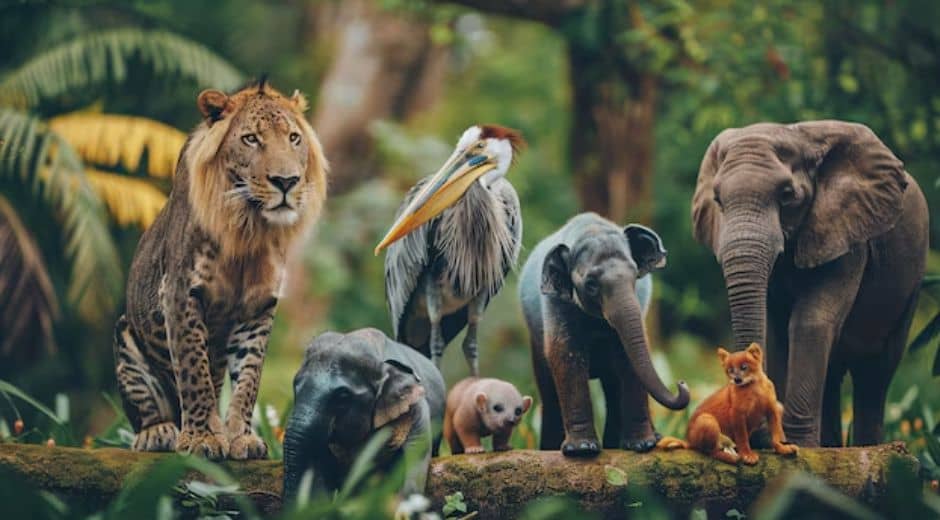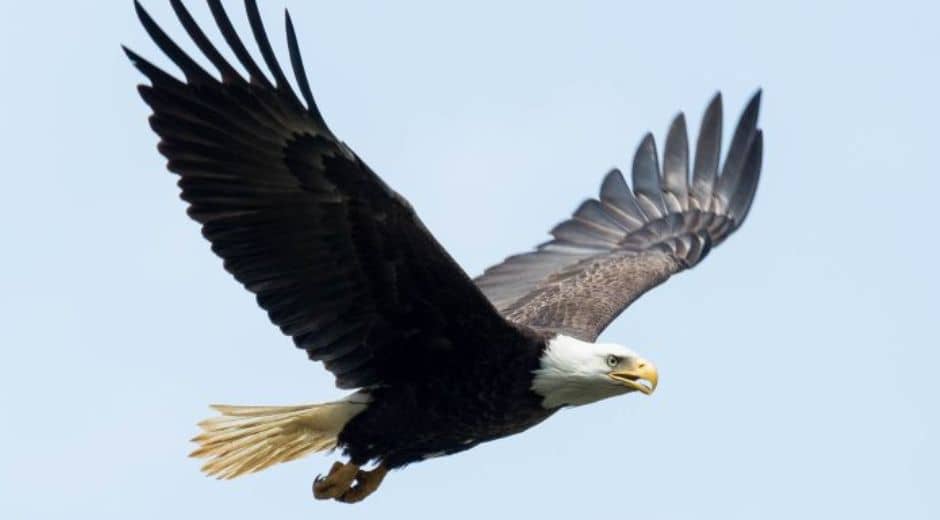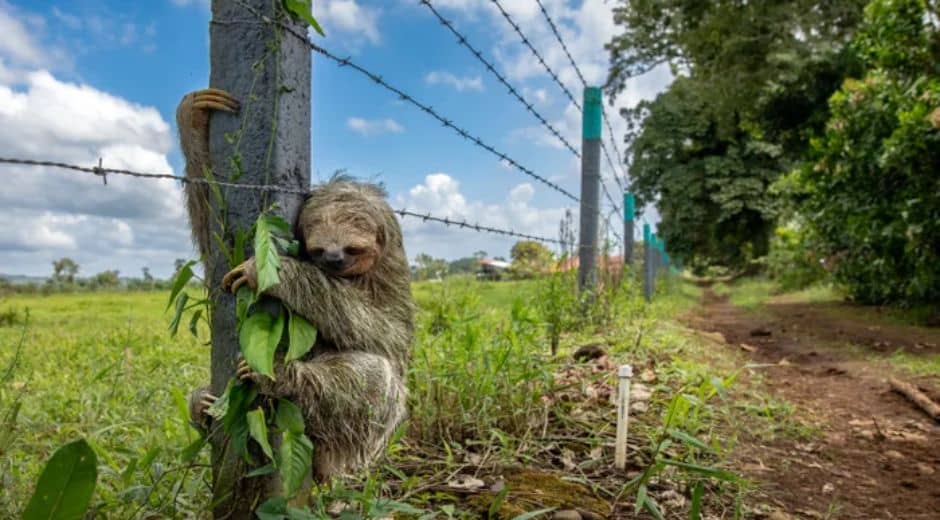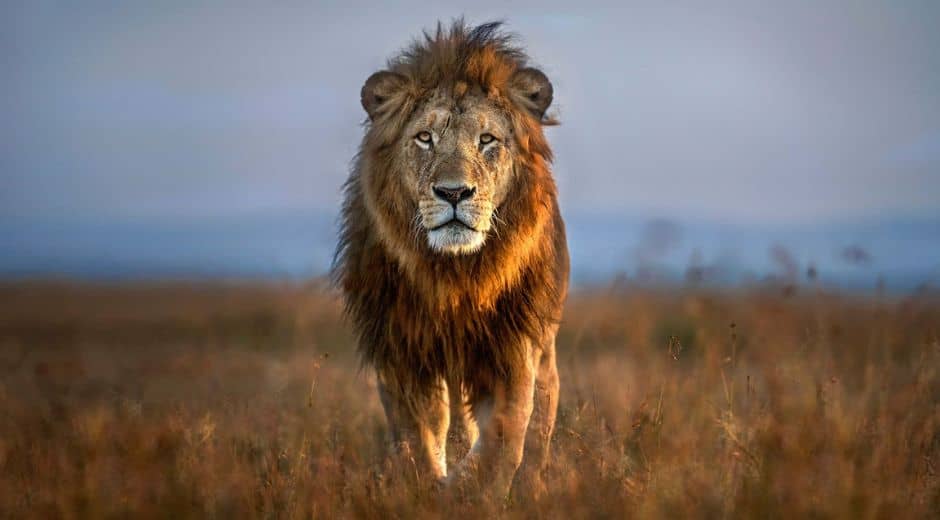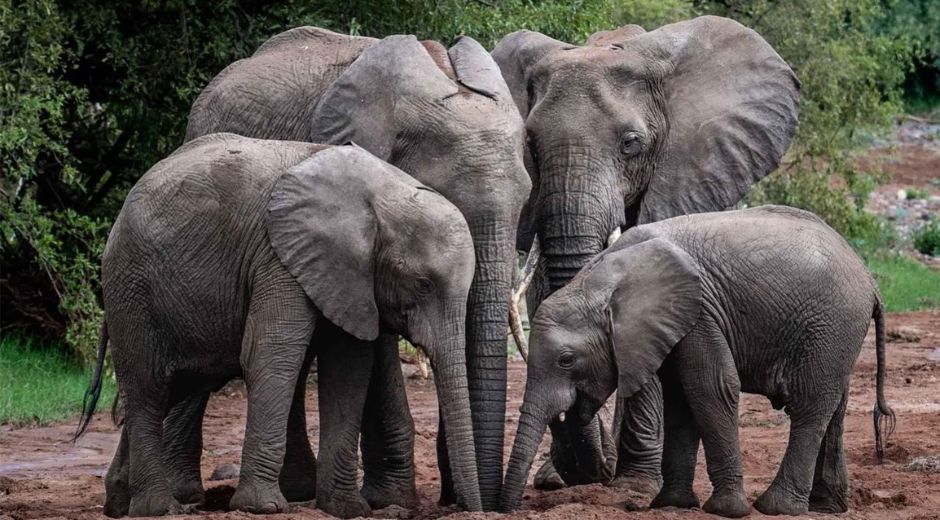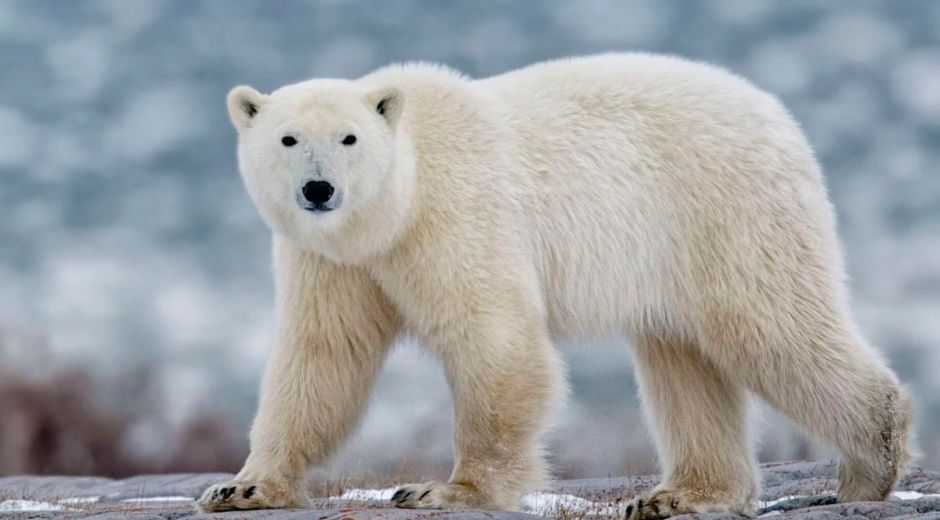6 Surprising Creatures That Are Reshaping Ecosystems
6 Surprising Creatures That Are Reshaping Ecosystems
Nature is full of wonders, and some creatures have a far greater impact on their environments than we might imagine. From tiny insects to elusive mammals, certain species are quietly reshaping ecosystems in surprising ways. Understanding their influence helps scientists, conservationists, and everyday nature enthusiasts appreciate the delicate balance of life on Earth. Here are six surprising creatures that are transforming habitats and ecosystems around the world.
1. Beavers – The Ecosystem Engineers
Beavers are among the most surprising animals in terms of ecological impact. By building dams and lodges, they create wetlands that provide habitats for birds, fish, amphibians, and countless other species. These water systems also help filter pollutants, reduce soil erosion, and recharge groundwater. Their industrious work demonstrates that even a single species can reshape landscapes profoundly. The presence of beaver-created wetlands has been linked to increased biodiversity, making them a remarkable example of nature’s engineering.
2. Artificial Intelligence for Habitat 2. Sea Otters – The Marine Guardians
Sea otters are small, furry marine mammals with a surprising role in controlling kelp forest ecosystems. By preying on sea urchins, they prevent overgrazing of kelp, which supports fish populations and coastal biodiversity. Without sea otters, kelp forests could collapse, disrupting entire marine food chains. Their impact on ocean habitats highlights how one species can have cascading effects, showing that marine conservation efforts are critical for ecosystem health. Learn more about marine species protecting the environment at EcoGlobalo.
3. Pangolins – The Unexpected Pest Controllers
Pangolins are one of the most elusive mammals on Earth, yet their feeding habits have a surprising ecological effect. By consuming large quantities of ants and termites, they control insect populations that could otherwise harm forests and crops. Pangolins contribute to soil aeration and nutrient cycling, indirectly supporting plant growth and forest health. Despite their importance, they face threats from poaching and habitat loss, making their conservation a priority for maintaining ecological balance.
4. Earthworms – The Soil Transformers
Earthworms may seem ordinary, but their influence on ecosystems is astonishing. Through burrowing and digesting organic matter, they enrich soil structure, enhance fertility, and improve water retention. This creates ideal conditions for plants and crops, impacting both natural and agricultural ecosystems. Their role as ecosystem engineers is surprising because such a small creature can significantly shape landscapes, support biodiversity, and even mitigate climate change by improving carbon storage in soils.
5. African Elephants – The Landscape Sculptors
African elephants are among the most iconic and surprising creatures affecting terrestrial ecosystems. By uprooting trees and trampling vegetation, they maintain grasslands and prevent forests from encroaching. This activity supports herbivores that depend on open plains and maintains habitat diversity. Elephants also disperse seeds over large distances, aiding forest regeneration and sustaining plant diversity. Their ecological influence is so remarkable that their absence could fundamentally alter African savannahs, affecting countless species.
6. Honeybees – The Pollination Powerhouses
Honeybees are tiny but incredibly surprising in their global ecological role. By pollinating plants, they support the reproduction of over 80% of flowering species, including many crops humans rely on for food. A decline in honeybee populations threatens not only agriculture but entire ecosystems, as plants that depend on them may fail to reproduce. Their ecosystem services extend far beyond honey production, making them a vital component of ecological balance. For more insights on pollinators and wildlife impacts, visit NewspapersIO.
Conclusion
These six creatures illustrate that nature often works in unexpected ways. From beavers engineering wetlands to honeybees sustaining global plant populations, the influence of wildlife on ecosystems can be both subtle and profound. Recognizing the importance of these surprising species is key to preserving biodiversity and maintaining ecological balance.
For more stories and insights on wildlife and ecosystems, explore content on BioNatureVista and learn how every creature, no matter how small or elusive, contributes to the planet’s health and resilience.
Nature Inspires Every Step
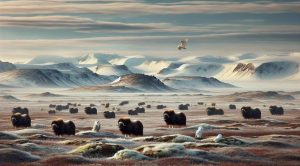
How Tundra Wildlife Survives Extreme Arctic Conditions
How Tundra Wildlife Survives Extreme Arctic Conditions

Life Above the Trees: Exploring the Rainforest Canopy
Life Above the Trees: Exploring the Rainforest Canopy
